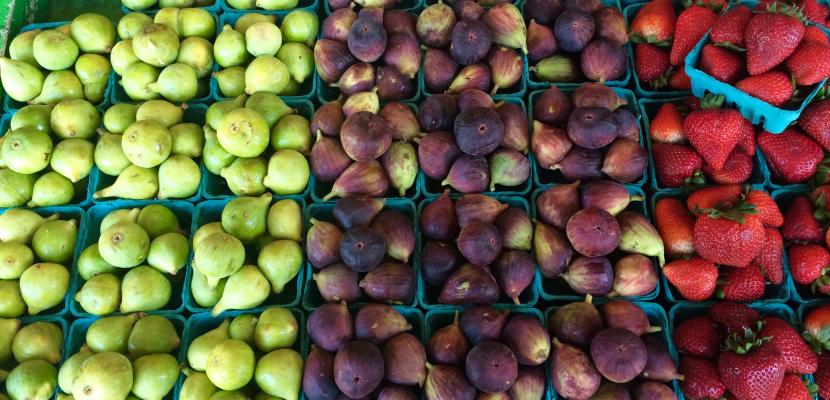
Cogeneration (CHP) system in fruit and vegetable processing plant in Tymbark, Poland

About this good practice
The Tymbark plant has its own WWTP equipped with a biogas reactor in the anaerobic zone in which from the treated wastewater around 300 000 m3 of biogas is produced per year, which corresponds to the accumulated energy in the amount of approximately 2350 MWh.
In order to optimally use the total amount of biogas (35 m3/h) for energy purposes, there is a biogas tank included with a working capacity of 1500 m3, which stores produced biogas for 5-6 hours of cogeneration unit operation. In the remaining 18 hours of the day, the unit automatically switches to high-methane natural gas.
Heating water from the CHP cogeneration unit (80-92°C), is used as:
- for chilling water production in summer (temp. 7-12°C),
- to cover demand for heat energy and processing steam in winter.
Industrial symbiosis is also realized in Tybmark plant by treating external wastewater from Tymbark municipality and a local dairy plant OSM Limanowa.
Expert opinion
A cogeneration system is a highly efficient technology that generates both electricity and useful heat from the same energy source. Unlike traditional power plants, which generate electricity and waste the heat as byproduct, cogeneration systems capture this waste heat and use it for heating purposes or other industrial processes. This increases the overall efficiency of energy use, often resulting in significant cost savings and a reduction in environmental impact. This good practice is a successful example of industrial symbiosis using biogas from wastewater treatment plants (WWTP) - municipal, own or other - for the electricity and heat demands of a fruit and vegetable processing plant. The practice points to a useful potential solution for municipally-owned WWTP which can utilise the organic matter of the sludge for electricity and heat generation within the food processing sector.
Resources needed
- Biogas reactor
- Combined Heat and Power Unit
Evidence of success
- Symbiosis between Tymbark juice producing plant, Tymbark municipality and a local dairy plant OSM Limanowa in terms of wastewater treatment.
Potential for learning or transfer
For example, the studied case from Tymbark which mainly produce apple and black current juice has to manage with similar problems with waste and wastewater treatment as an orange juice producing plant in southern Europe countries or a strawberry jam processing plant in other countries
Good practice owner
You can contact the good practice owner below for more detailed information.
Marshal Office of the Malopolska region

